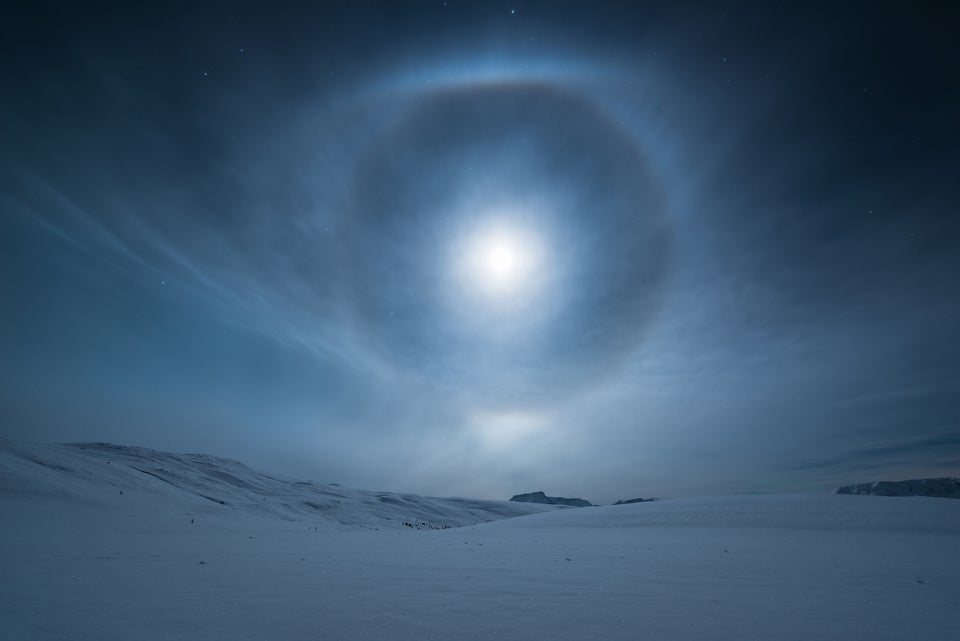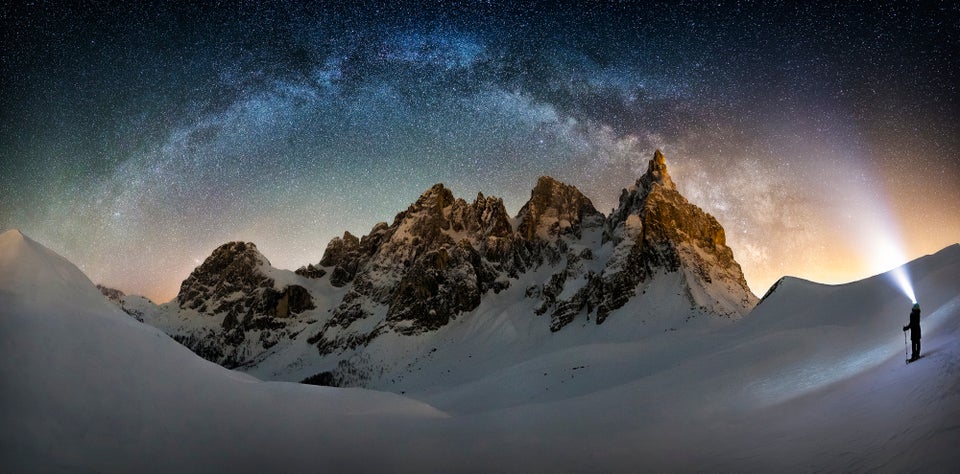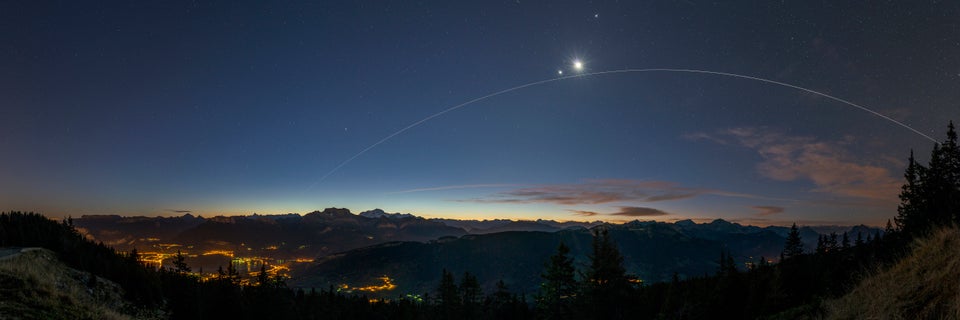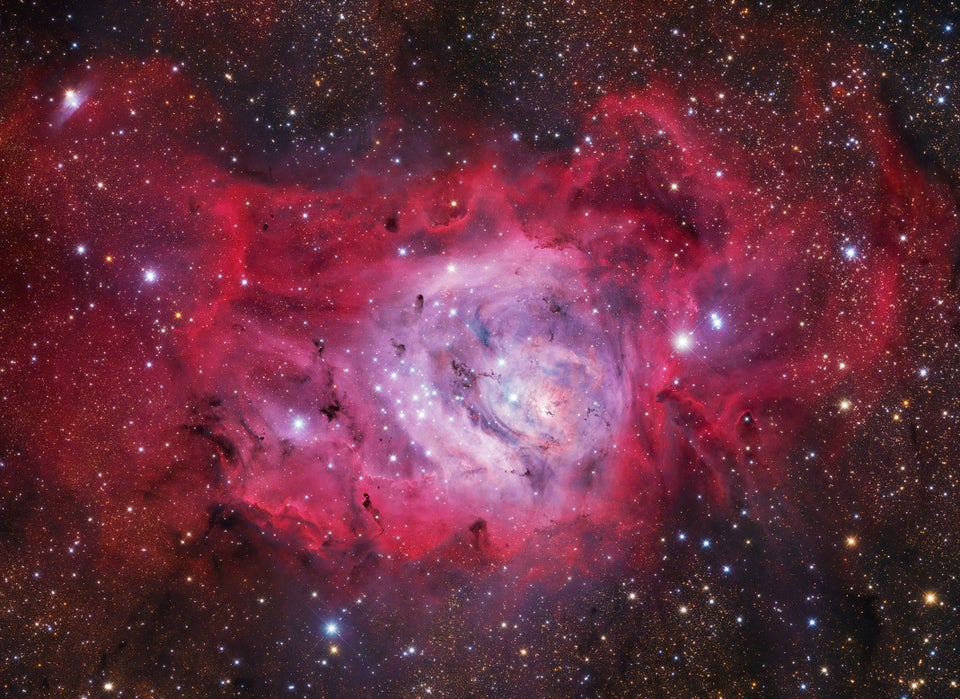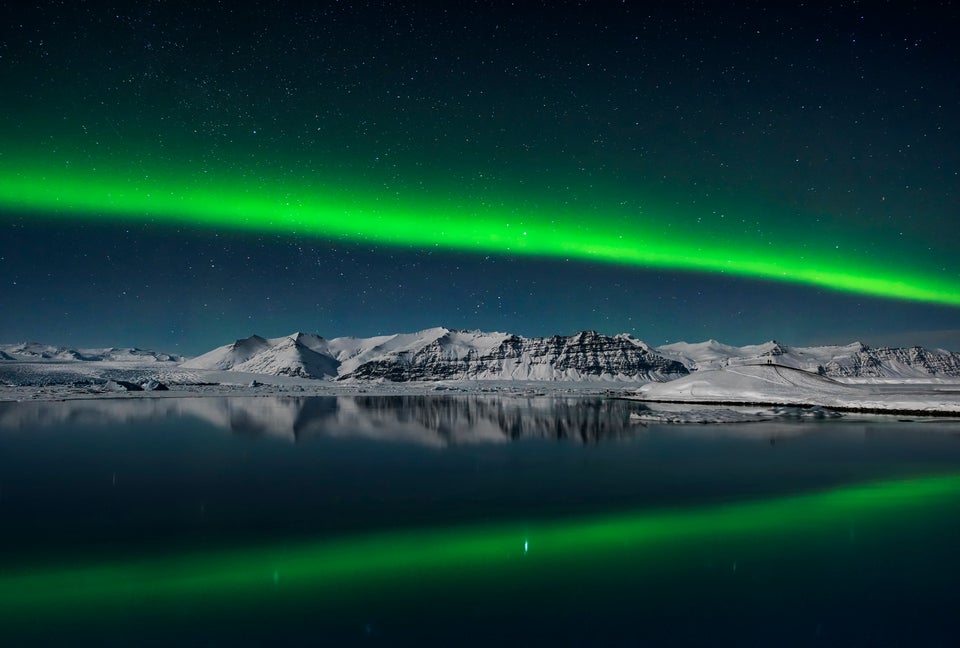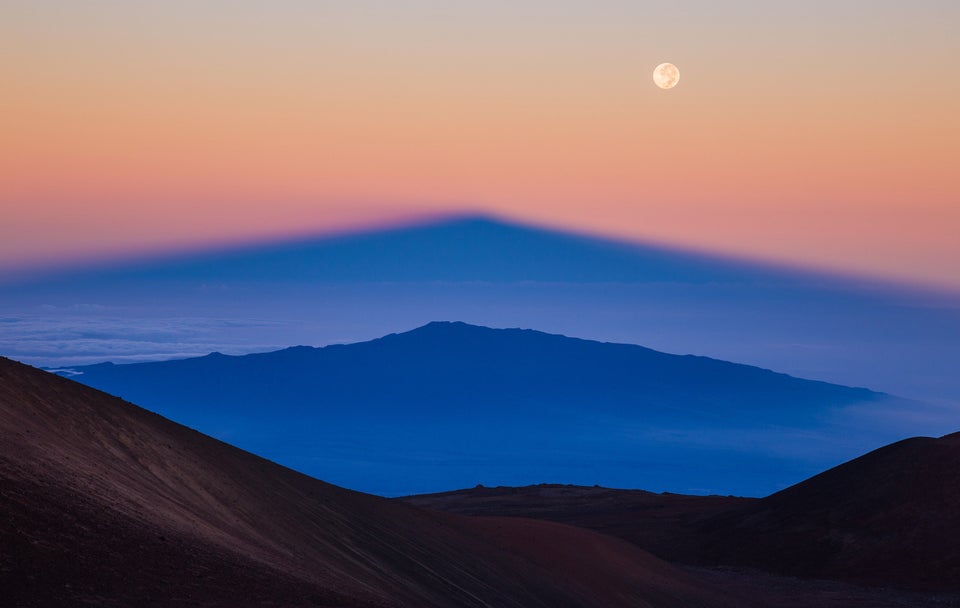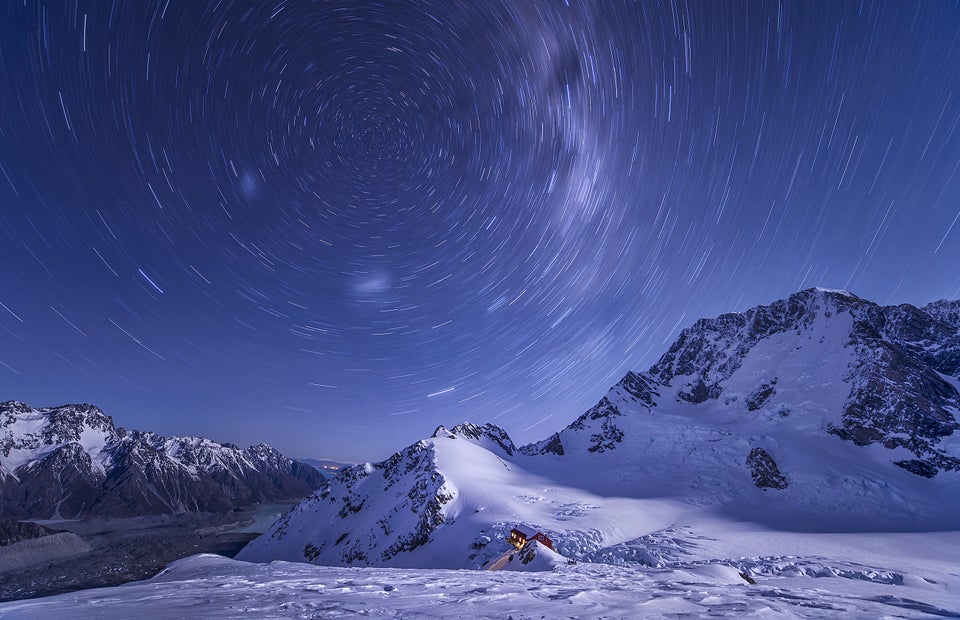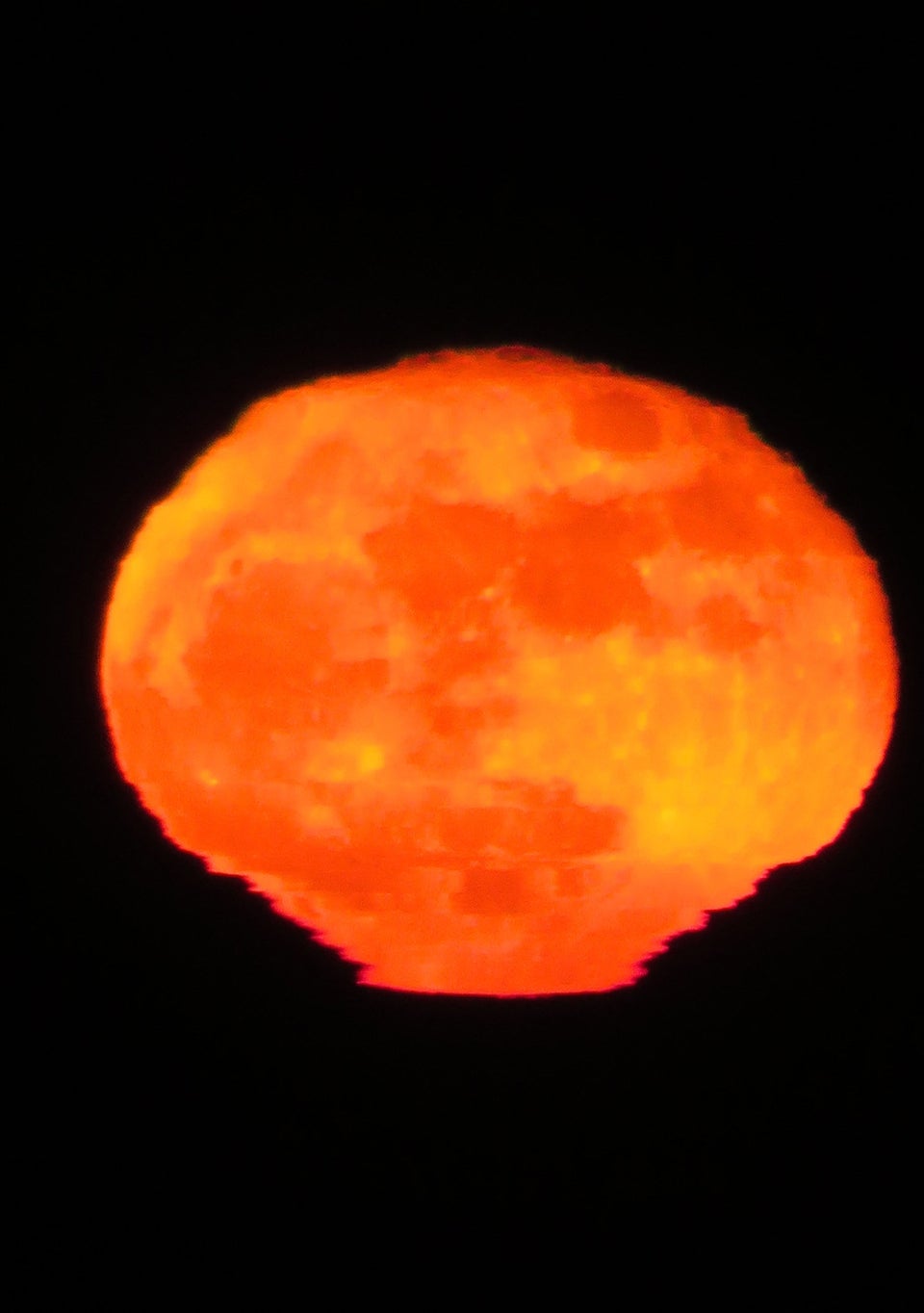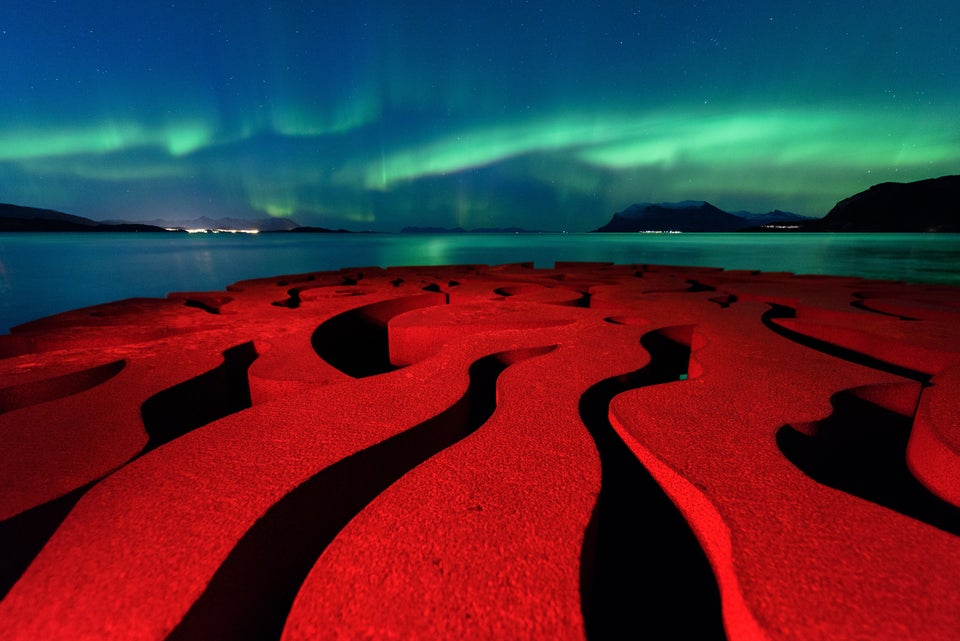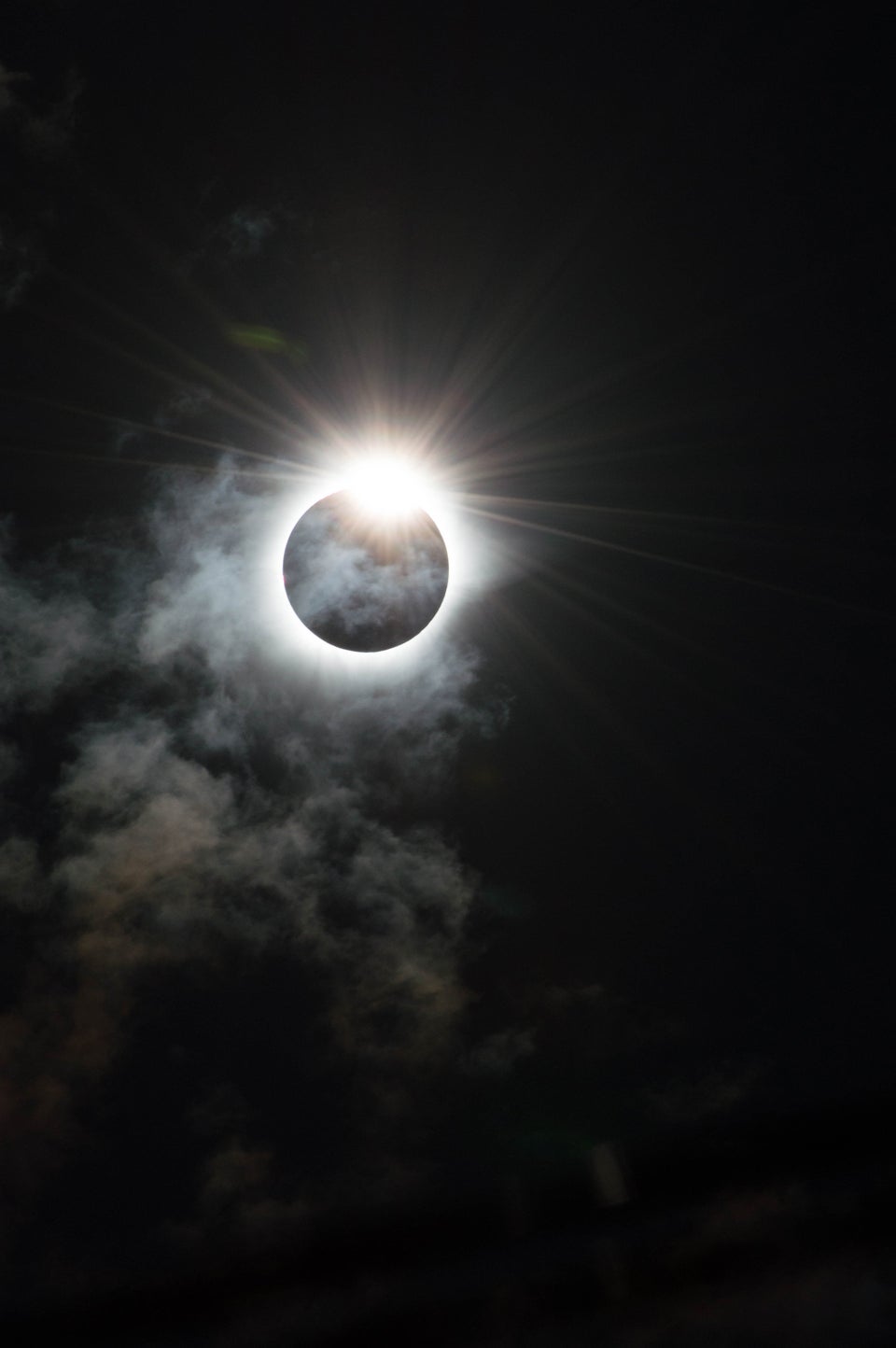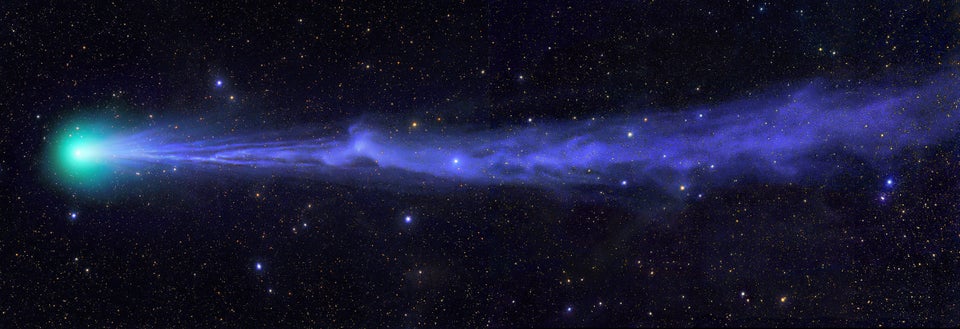Astronomers using NASA’s Hubble Space Telescope have witnessed what could be vast water plumes erupting from the surface of Jupiter’s moon Europa.
The observation lends hope to the idea that NASA will be able to analyse Europa’s water for life without having to drill deep into the moon’s surface.
“Europa’s ocean is considered to be one of the most promising places that could potentially harbor life in the solar system,” said Geoff Yoder, acting associate administrator for NASA’s Science Mission Directorate in Washington. “These plumes, if they do indeed exist, may provide another way to sample Europa’s subsurface.”

Despite being slightly smaller than the Moon, Europa contains a gargantuan global ocean containing twice as much water as Earth’s oceans. Protected by a layer of extremely cold and hard ice of an unknown thickness, NASA would have previously needed to land on the surface in order to test the water.
The plumes however could provide a solution. NASA believes they’re rising to around 125 miles above the moon’s surface which means that a passing spacecraft could easily pass through the plume and sample the water.
The plumes were spotted as Europa passed in front of Jupiter, creating a shadow which showed up against the backdrop of the gas giant.
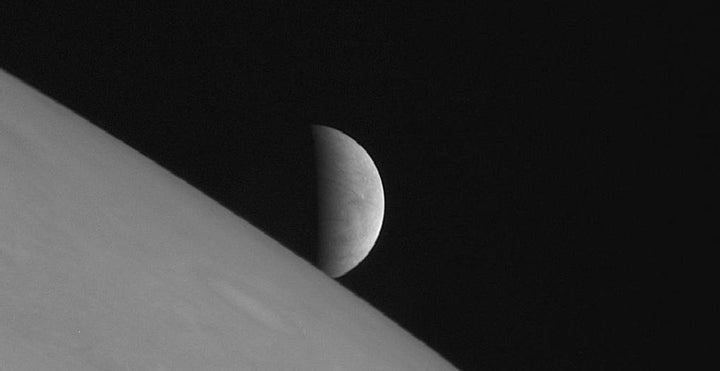
Out of the 10 times Europa passed in front of Jupiter during their 15 month observation they were able to directly witness the plumes three times.
While scientists on the ground will continue to make observations of Europa, NASA has confirmed that it is formulating a mission to the tiny moon with the aim being to directly sample one of the plumes.
Astronomy Photographer of the Year 2016:



